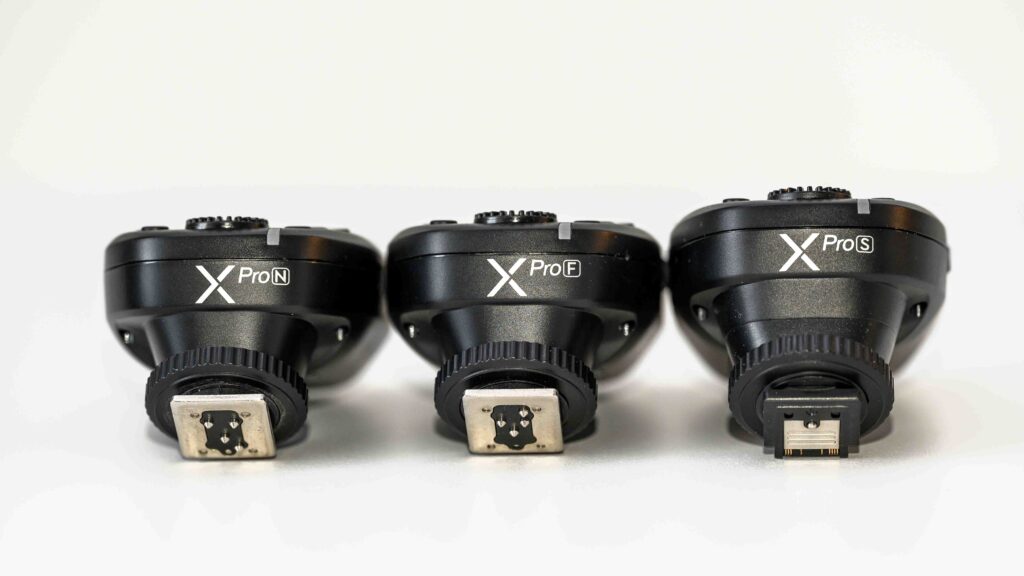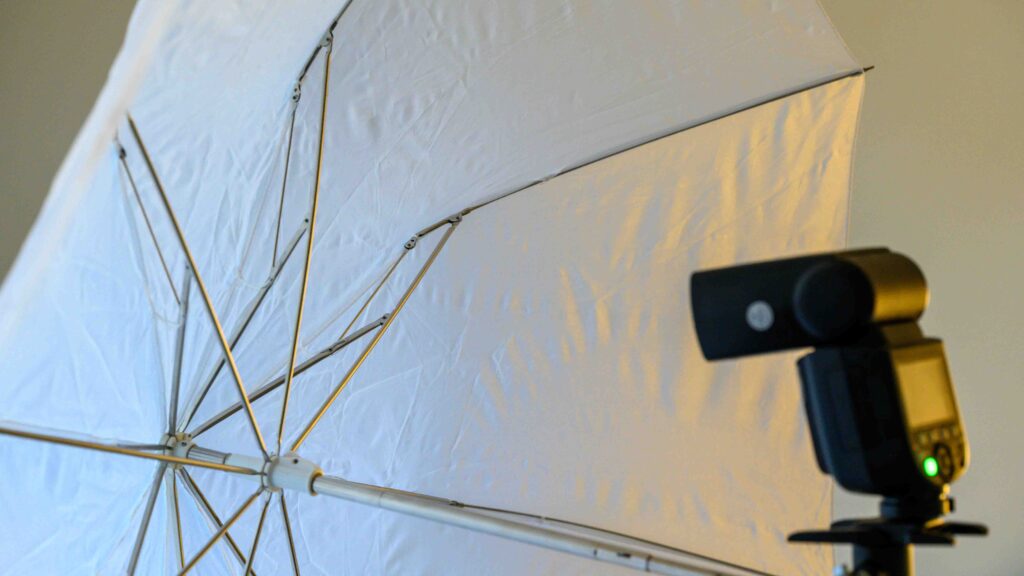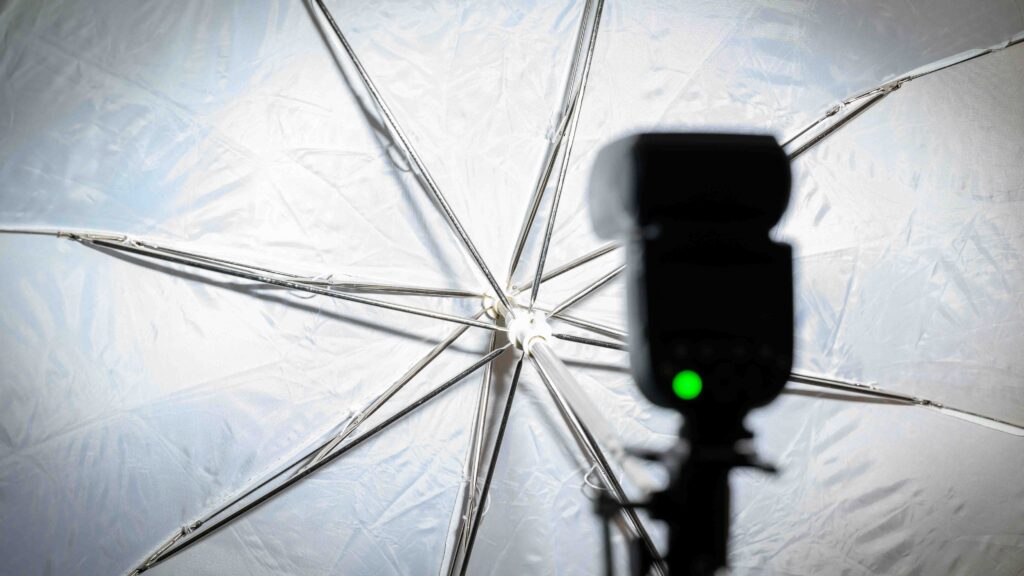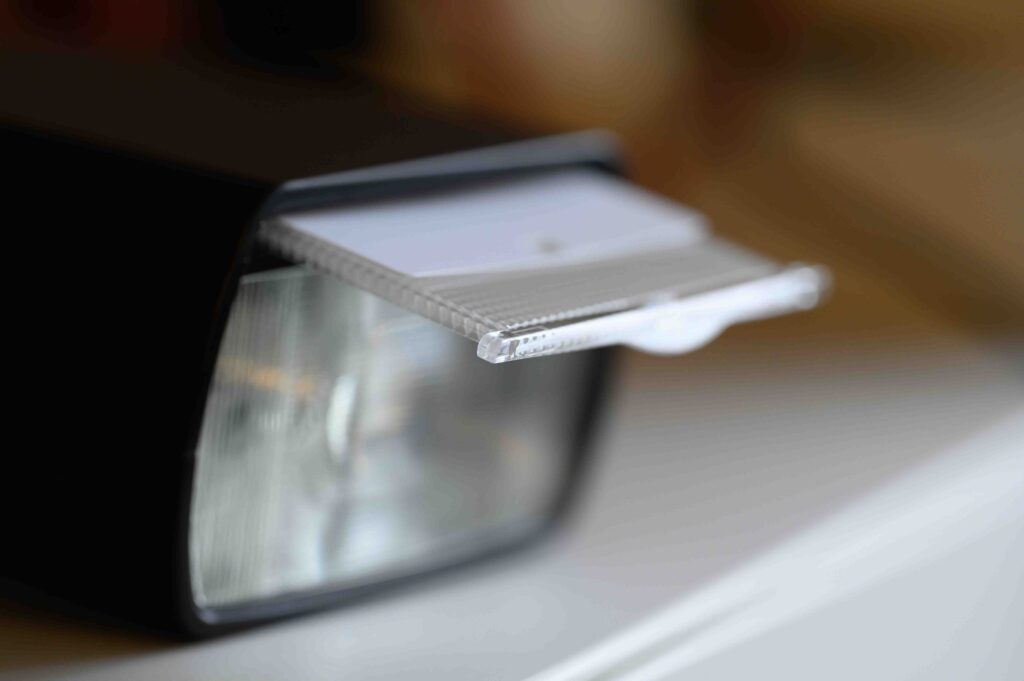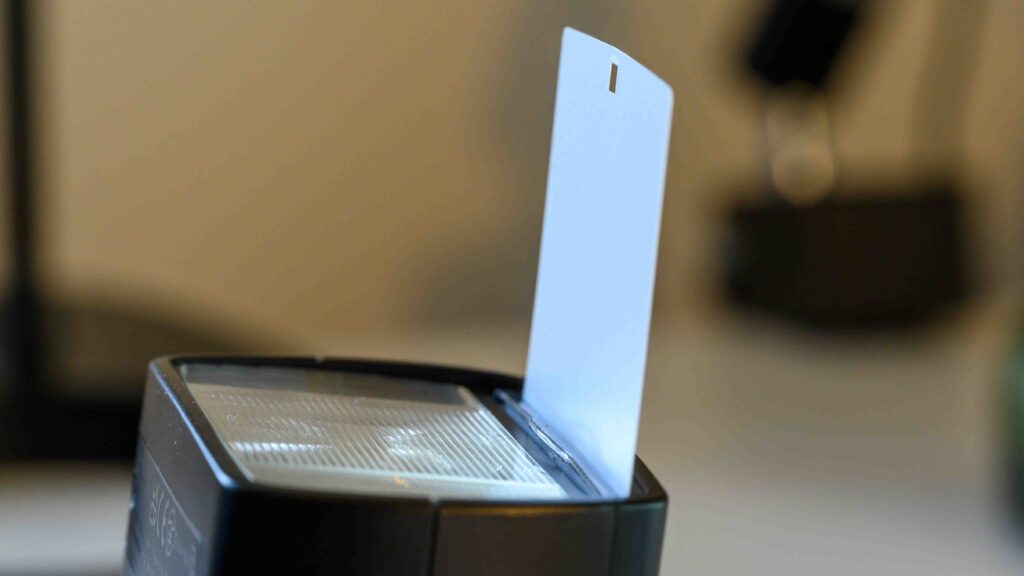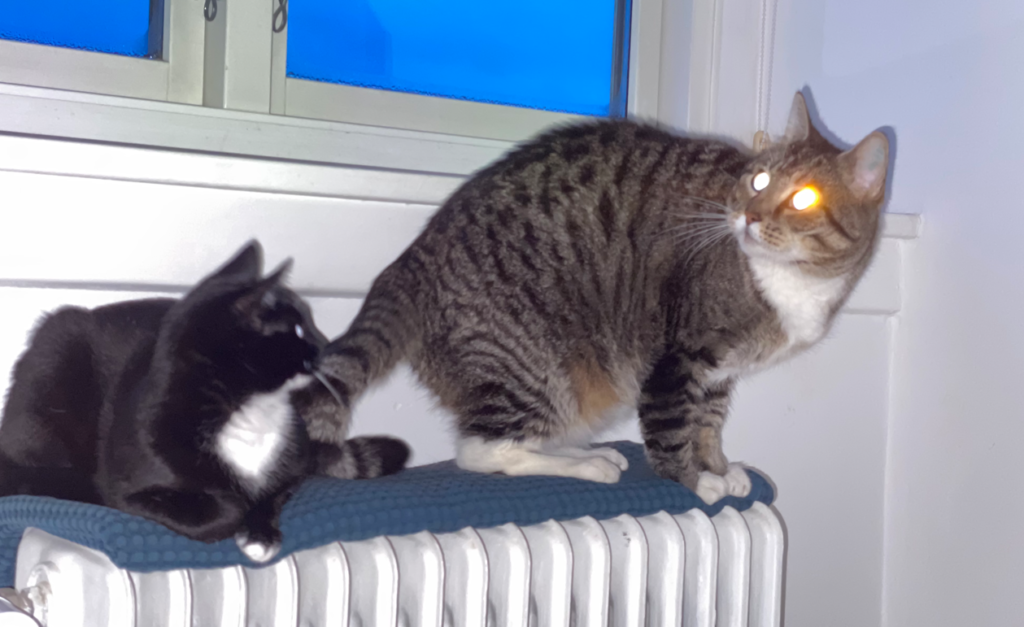No, no, no!
You may have or have seen some horrible images from a party or a vacation: people with red eyes in harsh white light, staring at the photographer like a deer caught in the headlights, and dark shadows right behind them that adds to the eerie feeling you get when studying the images! The only logical conclusion is: flash photography – no thank you! It is not for me!
But I ask you to consider this: Why is it that many professional photographers always use flash when shooting? Even when shooting outdoors on a sunny day? Do they not have the same horrible vacation images as the rest of us? Apparently not.
In this post I will briefly give a few motives for why to shoot with flash, and hopefully this may give some inspiration for getting started with flash photography. Or the opposite – basically confirming you in your choice to stay clear of flashes! We’ll see!
Signal to noise
Signal to noise. Sounds complicated, right? And it is, if you want to be an engineer and dive into this interesting concept. Lots of math and complexity. But for us photographers, all you need to know is that light is a signal and that your camera is a system that inherently holds or produces noise. So there is a balance between the input in the shape of light and noise during the production of the output, the image. That balance is signal to noise. And the stronger the signal is relative to the noise, the better, i.e. the more clean the image will appear.
If you have been shooting a low light scene with the ISO cranked up to ridiculous levels, then you will see the result of a poor signal to noise ratio, in photography that comes in the shape of grain and noise and washed out colors. The camera sensor simply gets so little light, that the noise is as strong as the light, and hence the sensor starts mistaking noise for light. And that is not good.
Flash photography has an amazing signal to noise ratio. The flash light is super bright (and super short lived) and that means all noise in the camera is effectively suppressed. And the result is super clean images with amazing colors and details. And especially portrait and fashion photographers love this, and the buyers have come to expect this quality.
Freeze!
A flash is fast. Very fast. So fast that your shutter speed relative to the flash speed is like your granny trying to keep up with Usain Bolt! And for that reason subjects that move fast will be frozen when caught in the light of a flash (provided the ambient light is kept out of the equation, but that is another story).
So flash photography can capture hummingbirds with still wings, balloons that explode, drops of water that hits a still surface, etc. The ability to freeze a moment is much better with flash than a shutter. And even if you don’t want to capture something that moves super fast, the flash can be a safe way to avoid blur from the subject or the camera moving. And this again aids the production of sharp images.
Control
If you are a landscape photographer, you have probably been up early in the morning to catch that special light in the morning when the sun rays travel the long distance through the atmosphere and yields that wonderful soft light and long shadows. And been equally disappointed when the sun promising weather forecast was wrong and the rain pouring down.
Flash photography is all about control. You can control the direction, intensity, temperature and color of the light. Nothing is left to chance – you have full control. Of course it comes with a price, that you need to have flashes and light modifiers and learn the trade of flash photography, but the reward is that you will have lots of control. And many professionals need that to secure that they make money – they cannot wait for the conditions to be right for photography. Every day has to be the right day!
Predictability
When you control the light, you hold the formula for success. If you are a portrait photographer and have learned a flash setup that gives exactly the rembrandt lightning that you want for you corporate headshots, then you are able to reproduce this over and over. So you don’t have to re-invent the wheel, but can do today exactly what you did yesterday. You have a formular for – if not success – then a formula for getting the same results over and over again. For a professional photographer the ability to reproduce the same results without the need to set off time for learning and tuning, is vital. Time is money. Literally.
What about you?
So how is this relevant to you? Well, it may not be. There are tons of adventure, wildlife and landscape photographers that do fine without flash photography. But if you want to dive into product shoots, portraits, event photography, macro photography or flower photography, then I think you will find that a couple of flashes and a few well chosen light modifiers may be what takes your photography to the next level.

